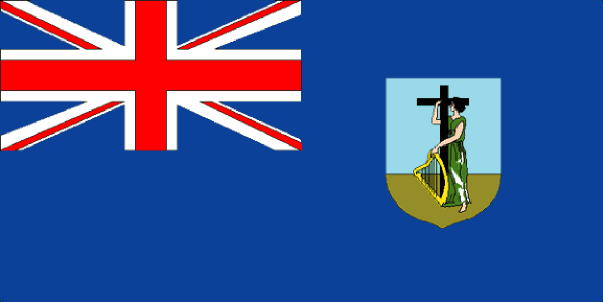
It was this small (8-inch by 5-inch) flag that Terreforte presented at Chimney Hall on Decemand there adopted unanimously by the Puerto Rican exiles as the Flag of Puerto Rico. He in turn asked his daughter, María Manuela ("Mima") Besosa, to sew the flag. The members of the Directorate then requested that Besosa create an inverted colors flag to be presented to the members of the Puerto Rican section. on Jor 1891," and that it "immediately it occurred to me that with those colors of the Cuban flag, inverted as I had seen them, the Flag of Puerto Rico could be fashioned." Still another version is that Manuel Besosa, one of the directors of the Puerto Rican section of the Cuban Revolutionary Party, was the person who proposed that the Flag of Puerto Rico be modeled after the Cuban flag, with colors inverted, when Terreforte’s proposal that the Flag of Betances (Grito de Lares Flag) be adopted as the Flag of Puerto Rico was defeated by vote of the members of the Directorate of the Puerto Rican section. Others claim that the idea came to Antonio Vélez-Alvarado, who wrote that "the colors appeared inverted before my eyes. Some suggest, based on correspondence between Terreforte and Domingo Collazo, a member of the Club Borínquen, affiliated with the Cuban Revolutionary Party, that the idea of inverting the colors of the Cuban flag for the Flag of Puerto Rico came from Francisco Gonzalo ("Pachín") Marín. The blue in all those Cuban flags was Navy blue, so it stands to reason that when the flag of Puerto Rico was adopted in 1895 (with the colors of the Cuban flag inverted) the triangle's shade of blue was dark (Navy). Eventually, that flag was designated as the official flag of Cuba in 1903. José Martí used the same flag as the flag of the Cuban Revolutionary Party in 1892. This first Cuban flag with the dark blue stripes was adopted by the Constitutional Assembly which proclaimed the Armed Republic of Cuba in Camagüey in 1869. The Cuban flag was designed in New York by General Narciso López for his failed invasion of Cuba in 1851, the purpose of which was to annex Cuba to the United States. The tri-color was in turn influenced by the colors of the newly established Republic of the United States.

Red, white and dark blue are characteristic of the republican national colors (flags) in Europe during the 19th century, influenced by the tri-color of the First French Republic. It is said, however, that the true shade of blue of the flag's triangle is dark (Navy) blue. Nevertheless, the identity of the person who proposed that the new Flag of Puerto Rico be similar to the Cuban flag with inverted colors is open to question. It appears to be undisputed that the flag was presented on Decemat Chimney Hall in New York by Juan de Mata Terreforte, a veteran of the "Grito de Lares," to a group of 59 Puerto Rican exiles who comprised the Puerto Rican section of the Cuban Revolutionary Party. There are three versions of the origin of the Flag of Puerto Rico. One may see flags with the dark blue, such as the flag displayed, a sky blue ("azul celeste") or royal blue triangle. The shade of blue used for the triangle depends on who is asked. The flag's design is based on the Cuban flag with the red and blue colors inverted. The white star represents the Commonwealth, the blue triangle represents the sky and the ocean, and the three sides of the triangle represent the three branches of the Commonwealth's republican form of government. The three red stripes represent the blood that nourishes the three branches of government, the two white stripes represent individual liberty and the rights of man which maintain the balance among the three branches of government.

The Flag of the Commonwealth of Puerto Rico is rectangular in shape and consists of five alternating horizontal stripes, three red and two white, with an isosceles triangle with a five-pointed white star in the center based on the hoist side.


 0 kommentar(er)
0 kommentar(er)
